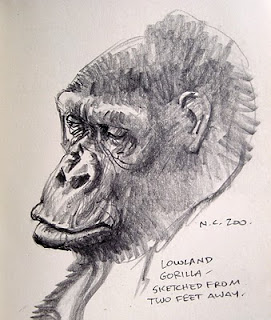 Spot the outlier. Okay, the fact that it is in red is a bit of a giveaway. What this chart shows is the weight of a very, very exclusive club - people who have run a 10,000m race in under 27 minutes (that's over six consecutive miles at 4:20 pace).
Spot the outlier. Okay, the fact that it is in red is a bit of a giveaway. What this chart shows is the weight of a very, very exclusive club - people who have run a 10,000m race in under 27 minutes (that's over six consecutive miles at 4:20 pace).Until earlier this month there were just 30 members of this club. Then in a fast race at Stanford, set up so Galen Rupp could have a go at the American Record (27:13) Chris Solinsky simply ran away from the field over the last two and a half laps and got to join this exclusive club. Rupp did beat the old American record but it was a bit of a moot point since Solinsky had just crushed it. Just watch:
What is so unusual about Solinsky's win is not his ethnicity but his size. Yes, the other members of the club are all African but they are also all very light. Solinsky, at 161 pounds was 20 pounds heavier than the next heaviest runner to break 27 minutes and about 40 pounds heavier than the average (121 pounds).
My teammates always make fun of me for being a fatty and stuff, and the first thing they said after the race was "that's probably a fatty world record."
Of course from the perspective of almost everyone else Solinsky is hardly a 'fatty'. In fact he's almost exactly the same height and weight I am, I think he's about 1" shorter and essentially the same weight, giving him a BMI that is smack in the middle of normal.

This all relates to several issues related to human physiology that we covered last week and will cover tomorrow. Of particular interest is the suggestion that a 'large' runner such as Solinsky can only match the smaller runners in cool conditions - as heat and humidity rise even human runners approach limits set by their ability to shed heat. A notable example was seen in the 1996 Atlanta Olympics where the unexpected winner was the 95 pound Josiah Thugwane of South Africa. In the hot and humid conditions the tiny Thugwane had a considerable advantage that allowed him to win in the relatively slow time of 2:12.























